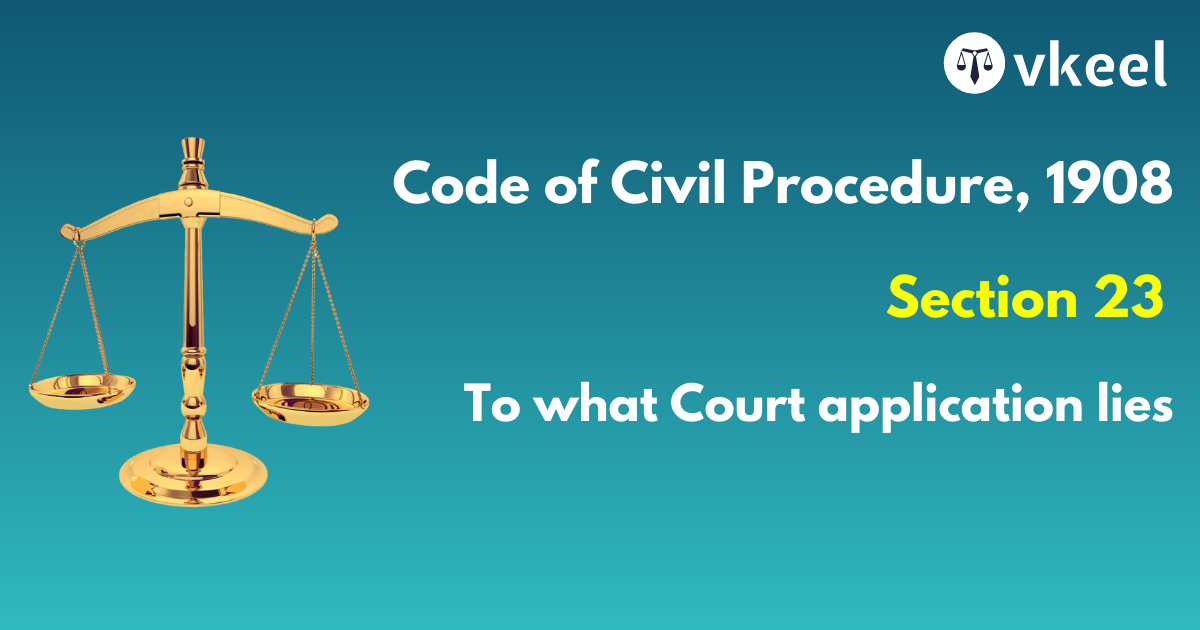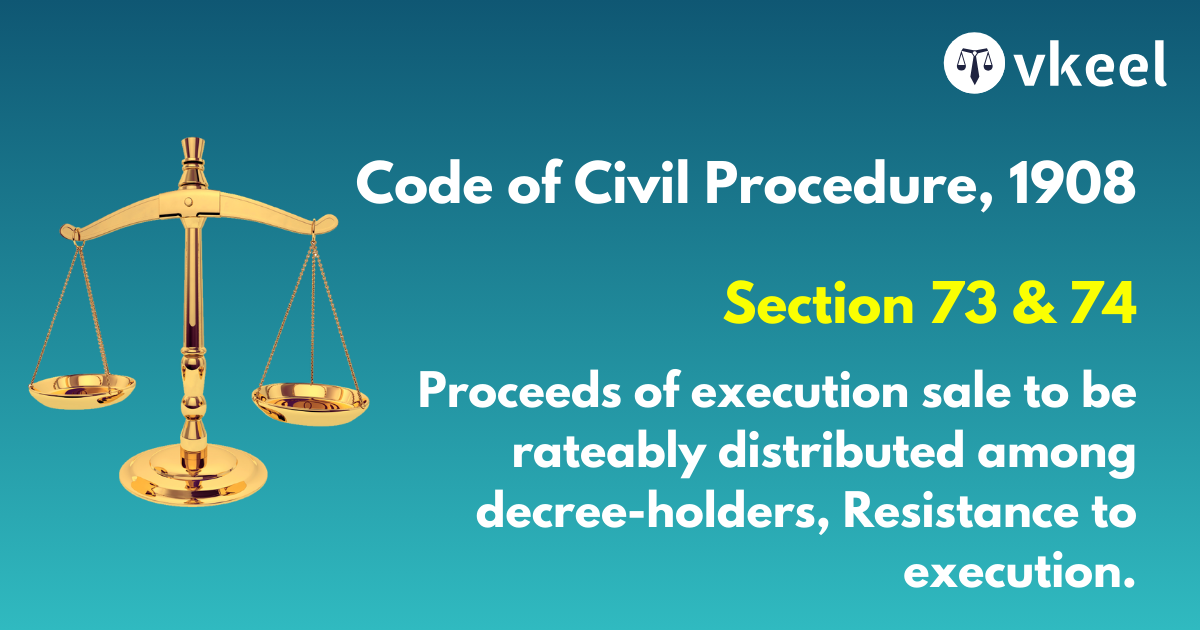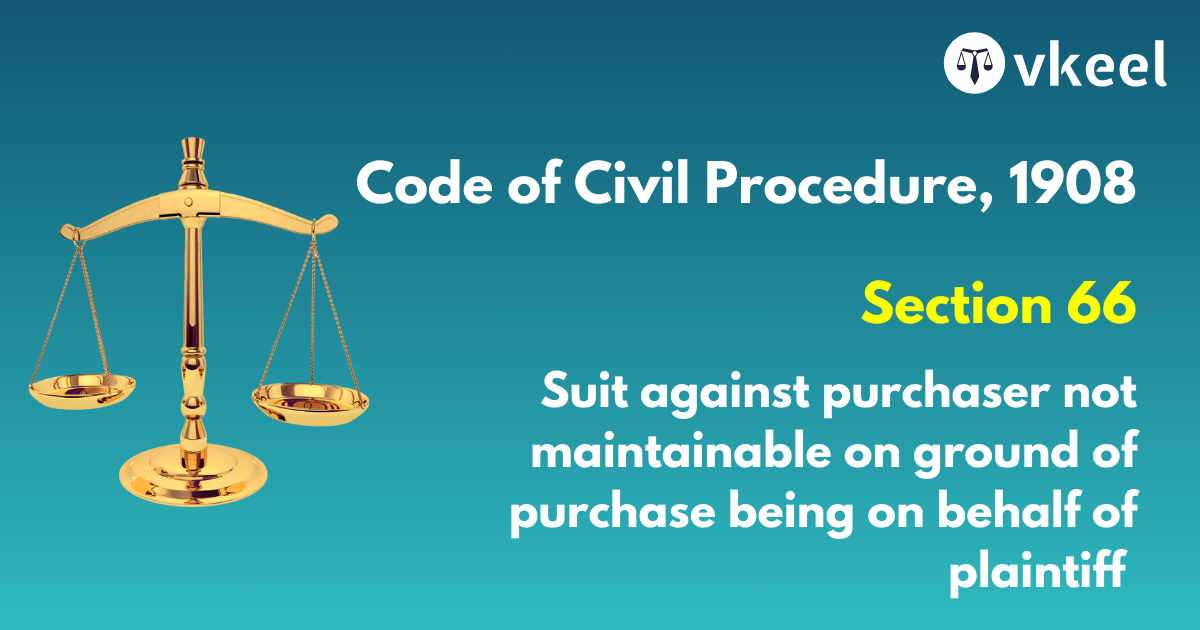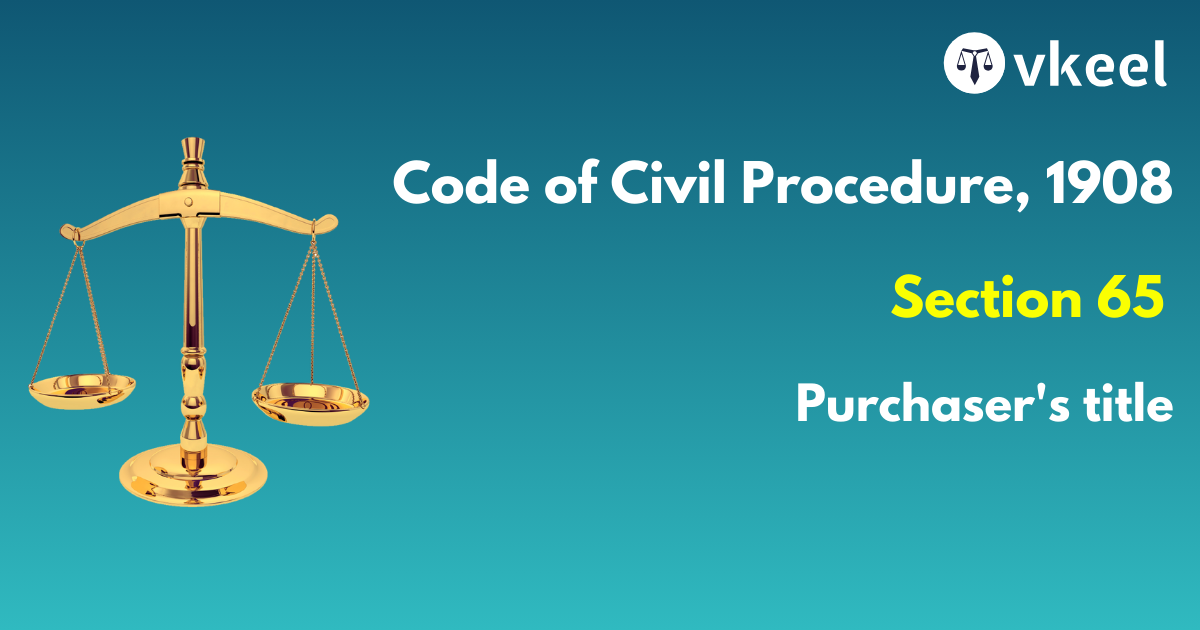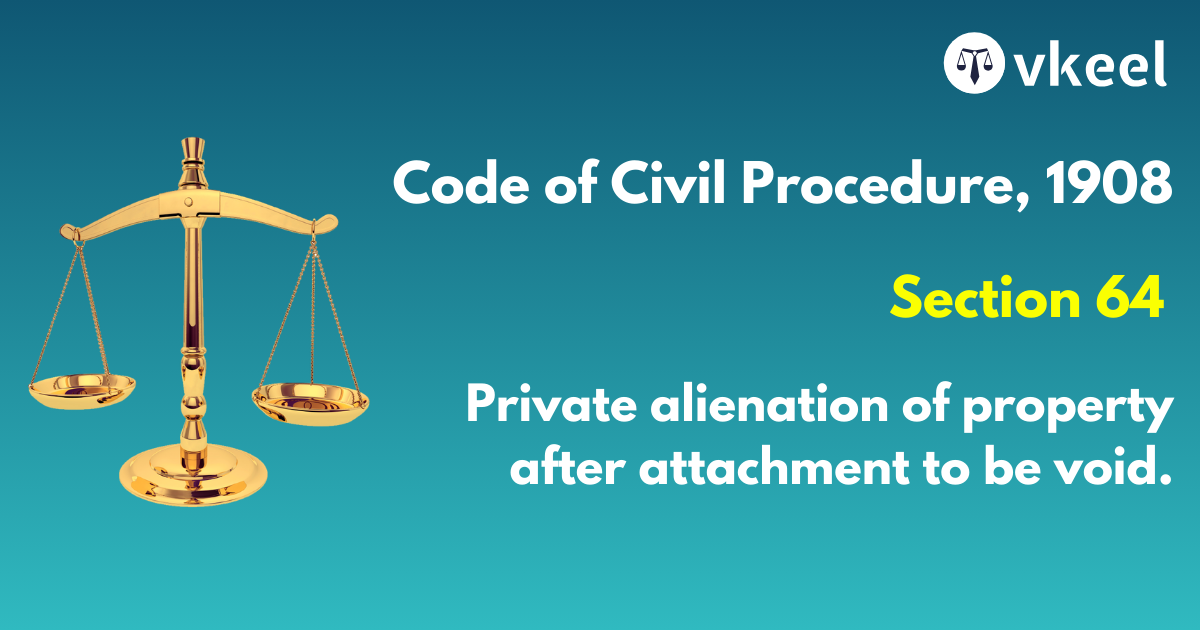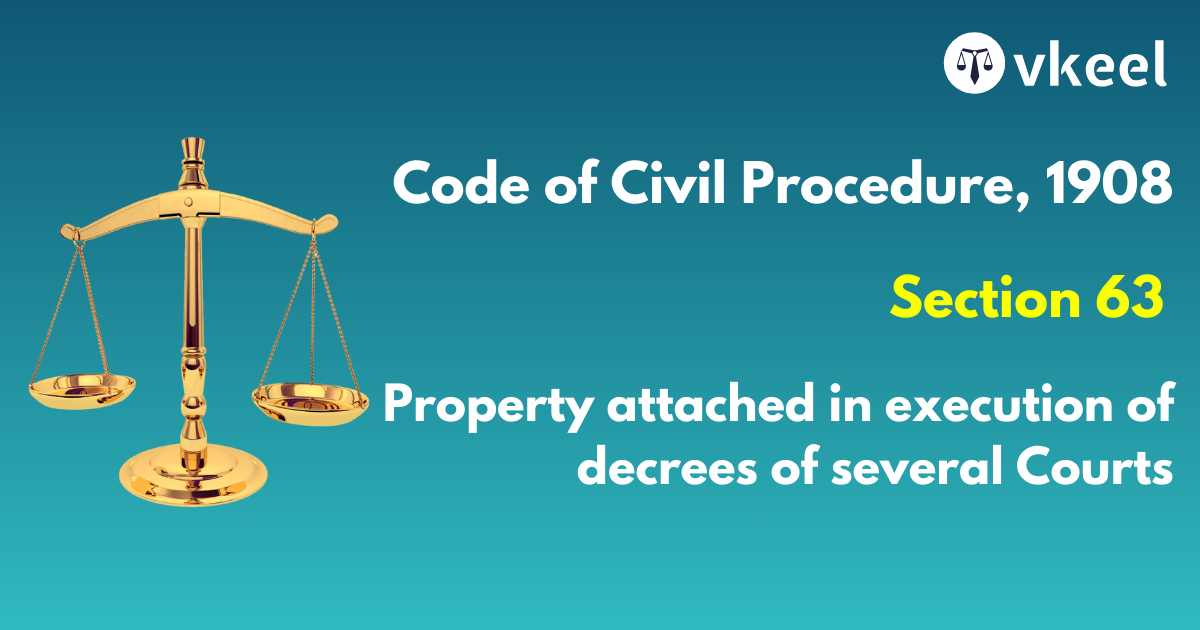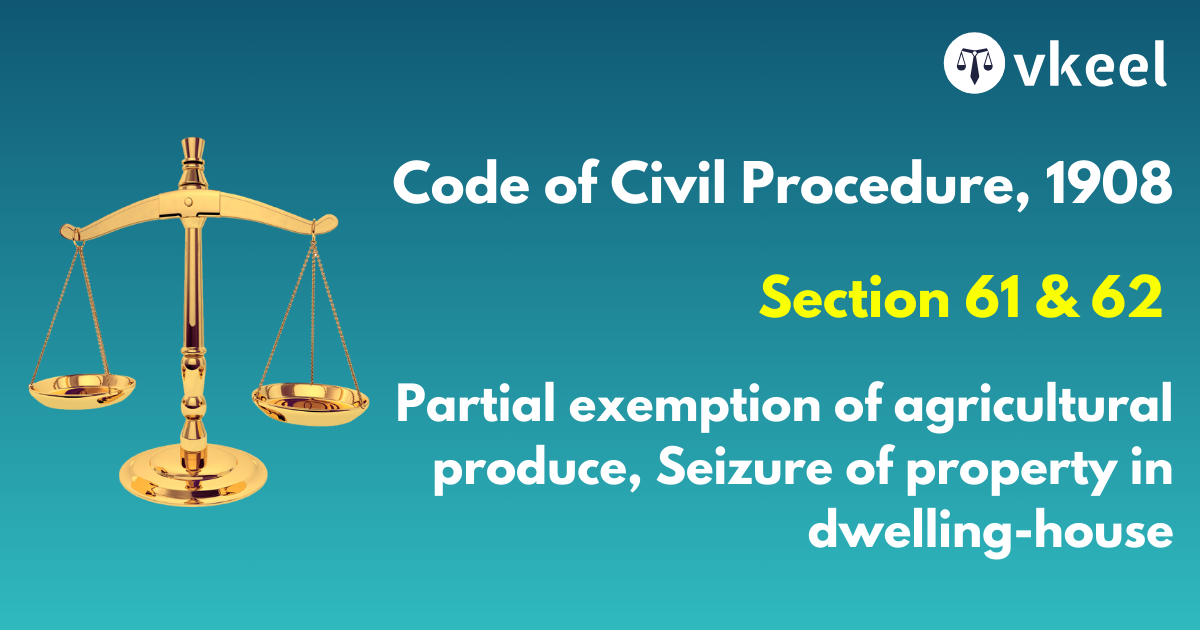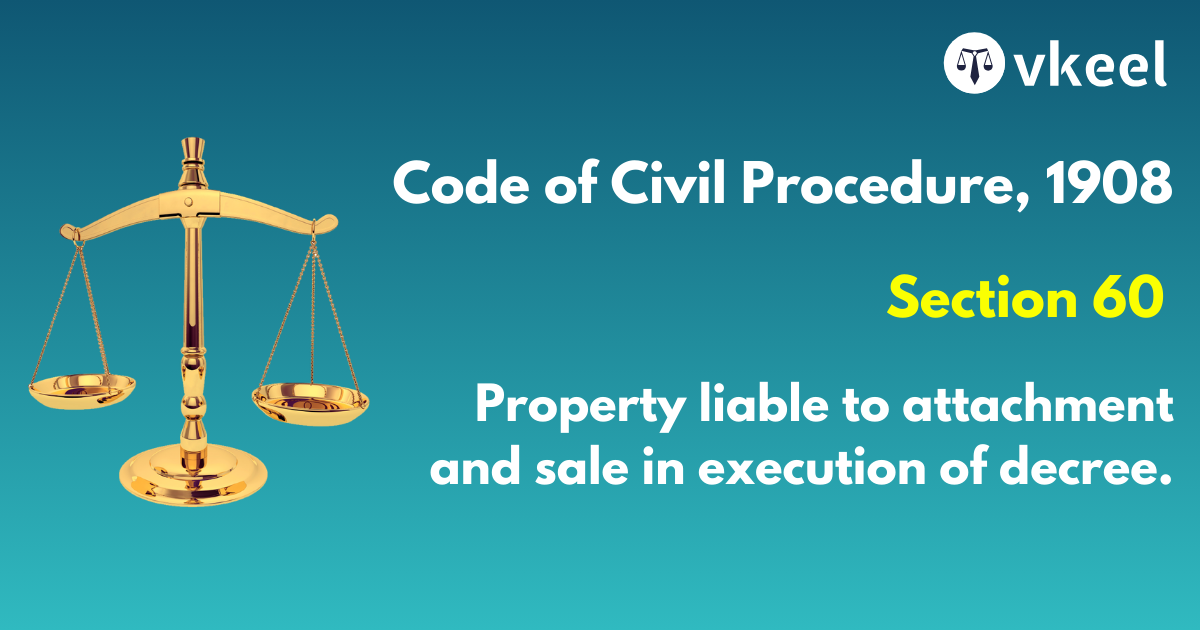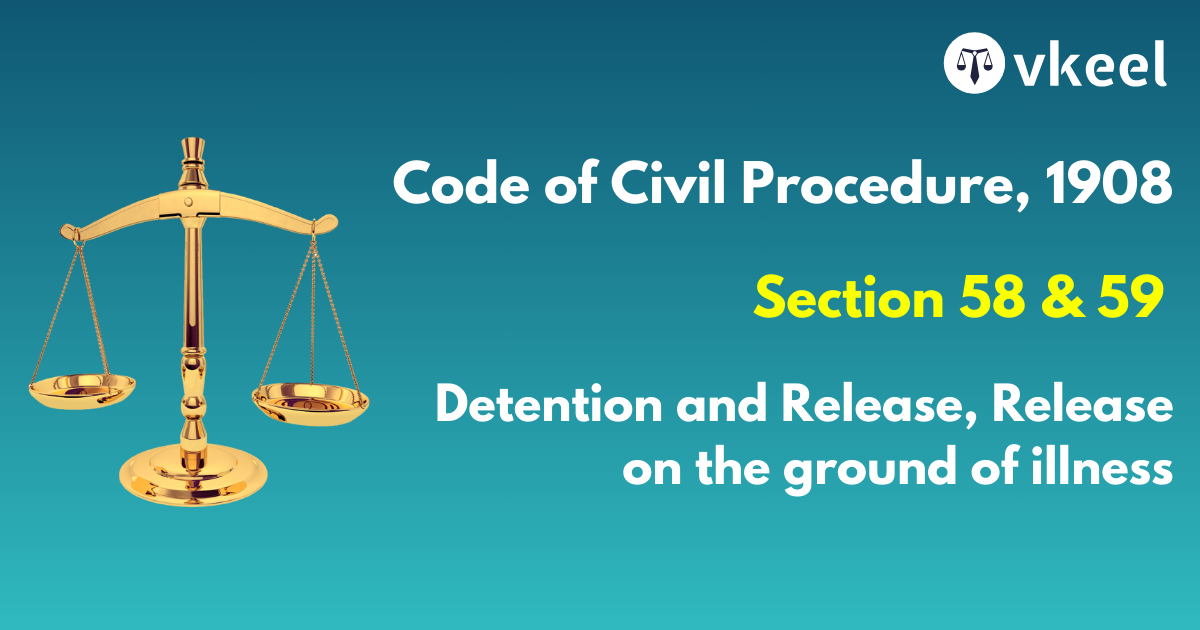Section 23 of the Code of Civil Procedure,1908
By Joy Puri
Introduction
The aforementioned provision of the Code of Civil Procedure ordains by its nature that it cannot be construed as an independent section of its own. Rather it can be interpreted that the former is supplemental to section 22 of the Code of Civil Procedure 1908.
The provision of the Code of Civil Procedure opines about the forums and institutions wherein the applications related to section 22 are to be made.
If there exists a situation wherein the conditions under section 23 are not fulfilled, the application under 22 is to be dismissed by the courts of law.
Section 23 of the Code of Civil Procedure,1908
23. To what Court application lies
(I) Where the several Courts having jurisdiction are subordinate to the same Appellate Court, an application under section 22 shall be made to the Appellate Court.
(2) Where such Courts are subordinate to different Appellate Courts but to the same High Court, the application shall be made to the said High Court.
(3) Where such Courts are subordinate to different High Courts, the application shall be made to the High Court within the local limits of whose jurisdiction the Court in which the suit is brought is situate.
Landmark Case Laws
Jagatguru Shri Shankracharaya Jyotish v. Ramji Tripathi, 1979
Section 23 is supplementary to Section 22 of the Code. In other words for application of Section 23 requirements of Section 22 must be fulfilled. Sections 22 and 23 of the Code apply only to cases where the Plaintiff has the option to sue in two or more Courts. Section 23 prescribes the forum where the application for transfer has to be made. In case the suit is sought to be transferred to a Court subordinate to another High Court, the application has to be made in the High Court within whose jurisdiction the suit is pending.
Shri Sunita Bali v. Ashok Bali, 1987
Sub-section (3) of Section 2, Code of Civil Procedure lays down that where the Civil Courts are subordinate to different High Courts, the application shall be made to the High Court within the local limits of whose jurisdiction the Court in which the suit is brought is situate. If Section 21A(1)(b) of the Hindu Marriage Act, 1955 is read with Section 23(3), Code of Civil Procedure, it will be clear that it is the later petition that shall be transferred to the District Court in which the earlier petition was presented and both the petitions shall be heard and disposed of together by the District Court in which the earlier petition was presented.
Manindra v Lalmohan, 1929
Does not apply in the exercise of original civil jurisdiction.
Shiv Kumari Devendra Ojha v. Ramojar Shitla Prasad Ojha, 1997
A request of petitioner seeking transfer on the ground that no advocate was available at the place where case was pending, is not tenable. However, a case can be transferred from one place to another if the Respondent offers to bear expenses for travel and stay.
Babu v KSEB, 2000
Where there was allegation of verbal altercation between counsel of petitioner and Judge in Lok adalat which was denied by the Judge, transfer of case to other Court was refused by the High Court.
Venkatasa Board v Maksudan
Where two suits between the same parties are pending in two courts subordinate to two different High Courts, either High Court may transfer the suit pending in the court subordinate to it to the other High Court.
Shree Raghvendra Exports v Nawakar Enterprises, 2004
The expression ‘suit is brought in section 23(3) CPC relates to the place where the suit was instituted and not the Court to which suit ‘has to brought’.
Conclusion
The section 23 of the Code of Civil Procedure therefore is totally based on the fundamental crux of the principles relating to fairness and accountability in the Indian Judicial System thereof.
Disclaimer:
The information provided in the article is for general informational purposes only, and is not intended to constitute legal advice or to be relied upon as a substitute for legal advice. Furthermore, any information contained in the article is not guaranteed to be current, complete or accurate. If you require legal advice or representation, you should contact an attorney or law firm directly. We are not responsible for any damages resulting from any reliance on the content of this website.

